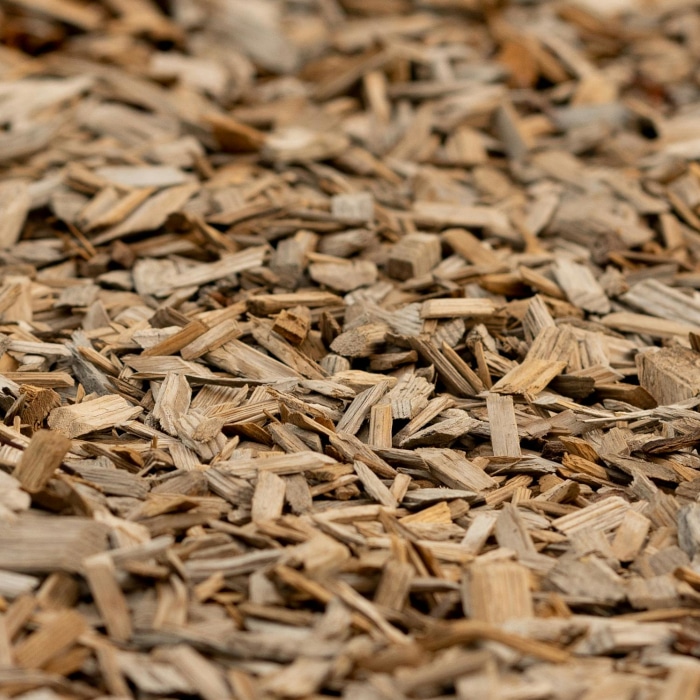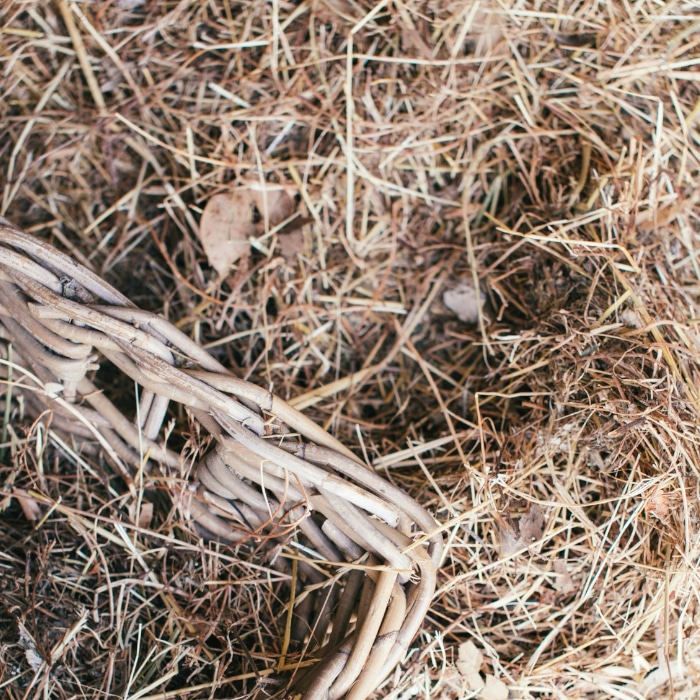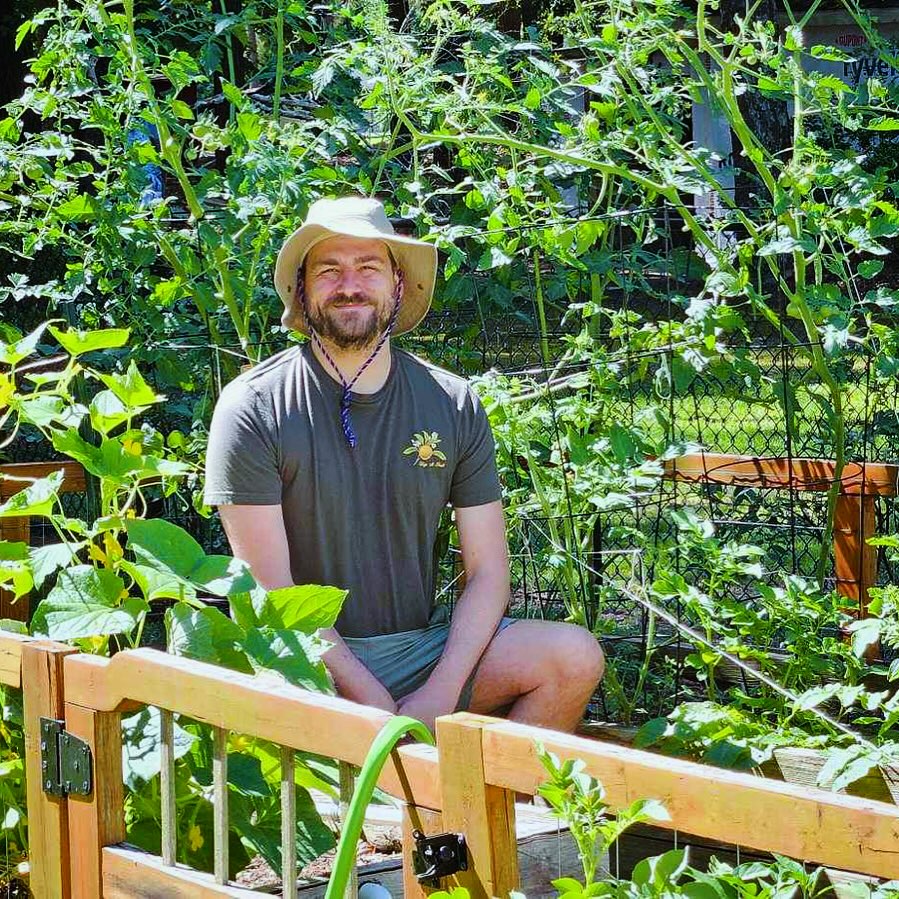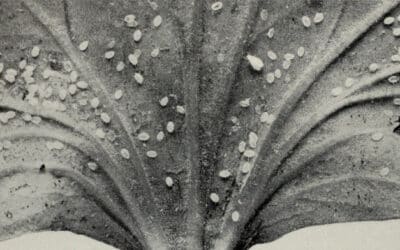The search for a healthy and thriving garden is often met with the back-breaking work of tilling, turning over the soil to prepare for the new planting season.
This traditional method, while common, brings with it a number of challenges in soil conditions—soil erosion, disruption of beneficial soil organisms, and the labor-intensive process itself.
Enter no-till gardening, a method that promises to address these issues by letting the soil structure remain intact.
This approach not only conserves your energy but also supports a more vibrant ecosystem right in your backyard.
TL;DR
We aim to:
- Explore no-till gardening as a sustainable method that improves soil health and reduces labor.
- Highlight the benefits, including better water retention, enhanced microbial activity, and reduced weeding.
- Discuss challenges like the initial setup effort and potential issues with weed management.
- Offer a guide on how to start and maintain a no-till garden, emphasizing the importance of layering organic materials and choosing the right tools.
- Encourage gardeners to adopt no-till practices for a more productive and environmentally friendly garden.
Understanding No-Till Gardening
No-till gardening is a technique that bypasses the traditional step of turning the soil before planting. Instead, gardeners layer organic materials—like compost, leaves, and straw—on top of the soil.
Over time, these materials decompose, enriching the soil beneath and making it a fertile ground for plants to thrive. This method supports a thriving ecosystem of worms and microorganisms that are essential for healthy plant growth.
We recommend you try Organic Compost in addition to Cover Crops. We find that the use of both will produce excellent results.

A close-up of wood chips, commonly used in no-till gardening, demonstrates an effective way to retain moisture and build soil structure.
The Pros of No-Till Gardening
Improved Soil Structure
The uninterrupted soil shows better water retention and aeration, promoting robust plant root systems. I noticed this in my garden, where plants now withstand dry spells much better, thanks to the improved soil moisture.
Enhanced Microbial Activity
A no-till garden becomes a bustling metropolis for beneficial microbes, essential for decomposing organic matter and nutrient cycling. The visible increase in earthworm activity in my garden is proof of the thriving underground life.
Reduced Labor and Weeds
The initial setup of layering materials might require some effort, but the resulting reduction in weeding and no need for tilling each season is a welcome relief. Plus, the thick mulch layer suppresses weed growth, significantly cutting down on maintenance time.

Decaying autumn leaves, an essential brown material, provide carbon-rich organic matter important for the no-till gardening method.
The Cons of No-Till Gardening
Initial Setup Effort
Getting started with no-till gardening can be labor-intensive. Gathering materials and layering them correctly takes time and effort.
In my first year, sourcing enough cardboard and compost was a challenge, but it was a one-time effort that paid off in following seasons.
Potential Weed Management Issues
While no-till gardening reduces weeds over time, the early stages might still see some weed breakthrough. I found that a thicker mulch layer was key to keeping them under control.
Getting Started with No-Till Gardening
Layering Your Garden Bed
Start by laying down cardboard or newspaper over your garden area to suppress existing weeds and grass. Then, add layers of compost, leaves, and straw. These layers will decompose, enriching the soil beneath without the need to till.
Choosing the Right Materials
Opt for a mix of green (nitrogen-rich) and brown (carbon-rich) materials to ensure a balanced nutrient mix for your soil. I’ve had great success with a mix of kitchen scraps, yard waste, and shredded leaves.
Maintaining Your No-Till Garden
Mulching and Composting
Keep adding layers of organic matter to your garden to feed the soil. I annually add compost and straw to my garden beds, which continues to build soil fertility and suppress weeds.
Managing Weeds and Watering
A thick layer of mulch helps keep most weeds at bay, and I use a hoe or hand pull any that do appear. Watering deeply but less frequently encourages strong root growth.

A weathered wicker basket rests on a bed of straw, a natural mulch used in no-till gardening to enrich soil and suppress weeds.
Tools for Success
Investing in a few key tools like a broadfork for aerating the soil or a stirrup hoe for easy weed management can make maintaining a no-till garden much simpler.
Also, local gardening groups or extension services can be helpful resources for materials and advice on soil management techniques.
Conclusion
No-till gardening offers a sustainable path to maintaining healthy soil in a productive garden, with benefits ranging from improved soil health to reduced labor. While it may require a shift in traditional gardening practices, the long-term rewards of embracing this method are undeniable.
I encourage you to try no-till gardening and see the difference for yourself. Embrace the shift towards more sustainable gardening practices and join a community of gardeners who are reaping the benefits of working with nature, not against it. Happy gardening!







